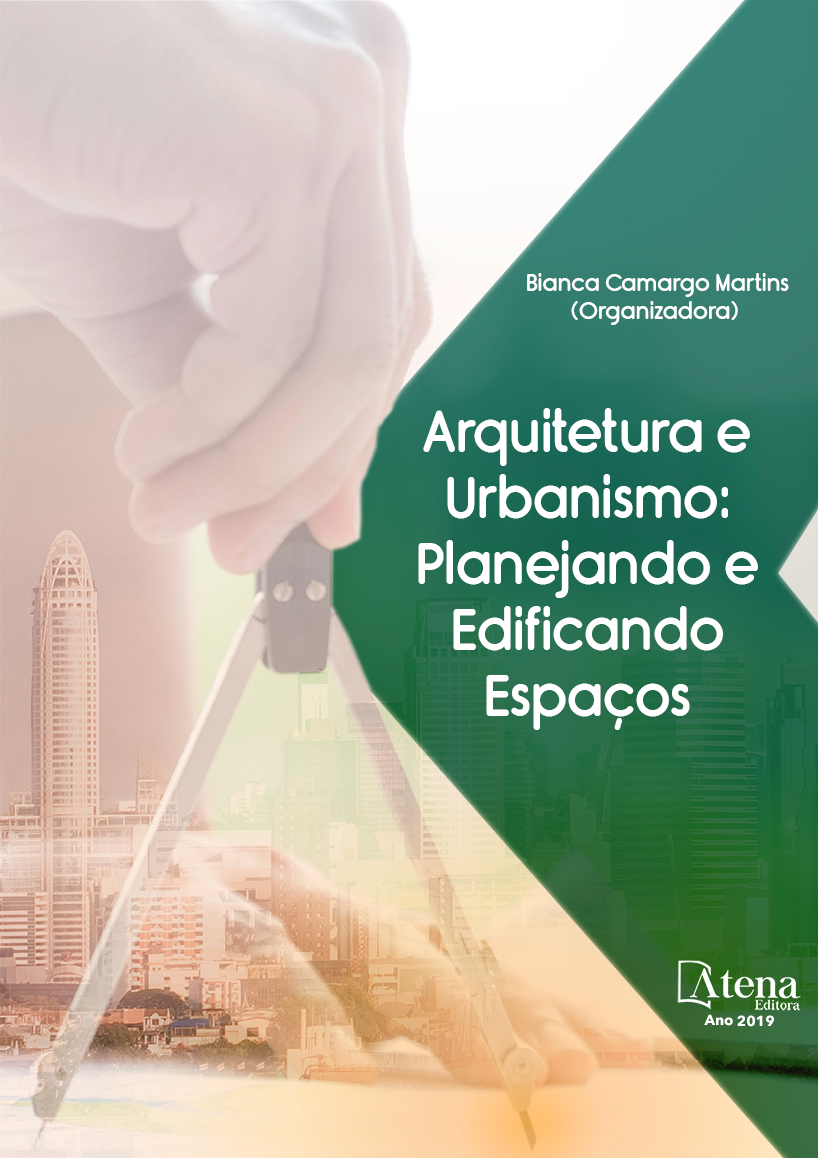
CLASSE HOSPITALAR E BRINQUEDOTECA: Planejamento na Internação Pediátrica.
Unidades de internação usualmente
classificadas pelo tipo de pacientes que recebem
ou pelo grau de complexidade do atendimento,
sendo possível separar por faixas etárias,
adultos, pediátrica, berçários, neonatologia e
idosos. No planejamento hospitalar deve agregar
ambientes quantificados e dimensionados
de acordo com a RDC50/2002. O projeto
arquitetônico que contempla internação
pediátrica deve conter quarto e enfermaria
destinados a crianças e adolescentes. A criança
tem atividades interrompidas, brincadeiras e
vida escolar, durante a hospitalização, havendo
privação de companhias. A educação no
ambiente hospitalar é um direito de toda criança
ou adolescente hospitalizado. Mesmo havendo
a obrigatoriedade legal, observa-se que os
estabelecimentos voltados para internamento
pediátrico não contemplam em sua totalidade
classe hospitalar e brinquedoteca como espaços
distintos. Quando não há a possibilidade de
excluir a internação, para diminuir o desconforto
da hospitalização, as atividades lúdicas têm
surgido para fins de minimizar o estresse dos
procedimentos e proporcionar momentos de
atividades construtivas à criança: salas de
recreação, brinquedoteca, classes hospitalares
ou oficina pedagógica. Trata-se de pesquisa
explicativa, exploratória, descritiva, bibliográfica
e infográfica com referencial teórico e empírico.
Buscou-se exposição descritiva da infraestrutura
do espaço físico necessário a uma internação
pediátrico, estabelecimentos no Rio de Janeiro e
em Brasília. Posteriormente expostos ambientes
de classes hospitalares e brinquedotecas de
estabelecimentos localizados em 02 regiões
do país, Nordeste e Sudeste. A coleta de
dados por observação de práticas existentes.
Como resultado destaca-se a relevância da
implantação das brinquedotecas e classes
hospitalares nos hospitais e as contribuições
para o processo de aprendizagem da criança
internada.
CLASSE HOSPITALAR E BRINQUEDOTECA: Planejamento na Internação Pediátrica.
-
DOI: 10.22533/at.ed.5281910076
-
Palavras-chave: Hospital, Pediatria, Educação Especial.
-
Keywords: Hospital, Pediatric, Special Education.
-
Abstract:
Inpatient units are usually
classified by the type of patients they receive or
by the degree of complexity of care. Regarding
patients, it is possible to separate the units by
age groups, such as adults, pediatric, nurseries,
neonatology and the elderly. In the planning
of the hospital building should contain the
environments that must be quantified and dimensioned according to RDC 50/2002.
The architectural design of the hospital that contemplates pediatric hospitalization
should contain room and infirmary for children and adolescents. It should be noted that
even though there is a legal obligation, health care establishments that are focused on
pediatric hospitalization do not include the whole hospital class and toy library as distinct
spaces. The child has his activities interrupted, such as play and school life, during
hospitalization, with the family and colleagues being deprived. Education in the hospital
environment is the right of every hospitalized child or adolescent. Given the scenario
where there is no possibility to exclude hospitalization, to decrease the discomfort of
hospitalization, play activities have arisen with the purpose of minimizing the stress of
the procedures and provide moments of constructive activities to the child, such as:
recreation rooms, toy library , hospital classes or pedagogical workshop. This is an
explicative, exploratory, descriptive research, bibliographical and infographic research
with theoretical and empirical reference. It was sought to complement the theoretical
framework with the support of the empirical referential, with a descriptive exposition
of the infrastructure component of the physical space necessary for hospitalization,
in the pediatric public, an establishment in Rio de Janeiro and another in Brasilia.
Subsequently, there was an exhibition of hospital class environments and toys of
pediatric care centers distributed in 02 regions of the country, Northeast and Southeast.
Data collection was done through observation of existing practices. As a result, the
importance of the implantation of the toys and hospital classes inside the hospitals and
the contributions to the process of learning of the interned child stands out.
-
Número de páginas: 15
- JOCELINE COSTA DE ALMEIDA


